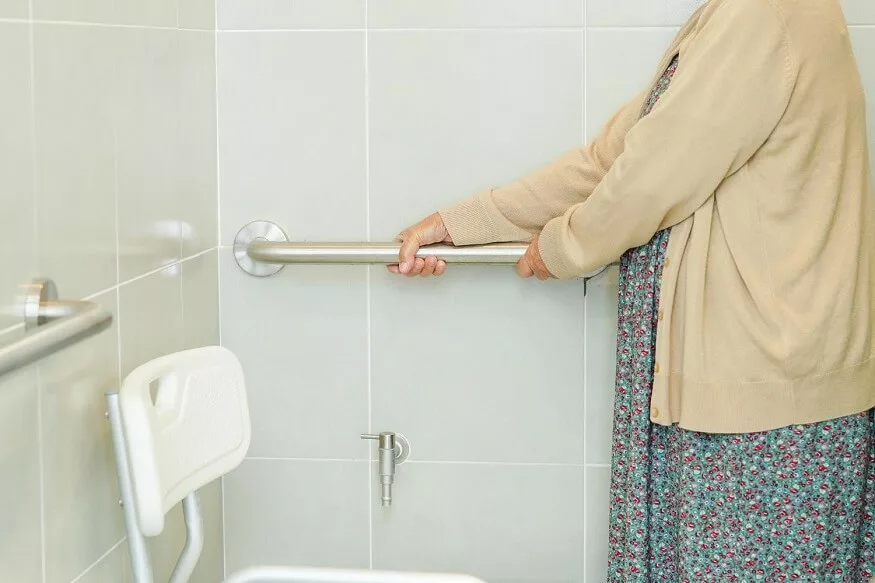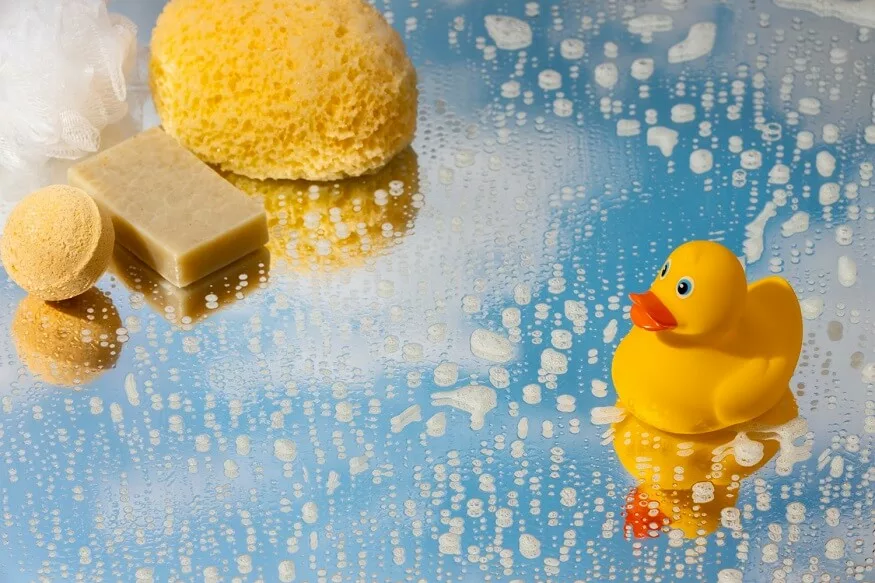In the hustle and bustle of daily life, the bathroom may seem like a mundane space, but for parents, it transforms into a potential hazard zone when it comes to their little ones. Children are naturally curious explorers, and the bathroom, with its myriad of fixtures and utilities, can present unforeseen dangers. This article delves into the nuances of bathroom safety for children, offering practical tips and insights to transform this space into a haven of security.
Understanding the Risks
Before delving into safety measures, it’s crucial to comprehend the specific risks that bathrooms pose to children. From slippery floors to scalding water, sharp edges, and small objects that can be swallowed, the bathroom is rife with potential dangers. Acknowledging these risks is the first step in creating a child-friendly bathroom environment.
Slippery Surfaces
Bathrooms are synonymous with water, making them inherently slippery environments. To mitigate the risk of slips and falls, invest in non-slip mats both inside and outside the bathtub. Additionally, ensure that the bathroom floor remains dry, as even a small puddle can turn into a hazard for a child.
Hot Water Hazards
Hot water poses a significant threat to children. Setting the water heater to a maximum temperature of 120°F (49°C) prevents scalding accidents. To further safeguard against burns, test the water temperature before allowing children to bathe and teach them the importance of not touching taps marked with hot indicators.
Also Read: Camp Safety for Kids
Child-Proofing Techniques
Child-proofing the bathroom involves creating barriers to potential hazards. Install safety latches on cabinets to prevent access to cleaning products, medications, and other harmful substances. Keep all toiletries out of reach, as curious hands may explore items that can be hazardous if ingested.
Electrical Safety
Electrical appliances, such as hairdryers and straighteners, are common in bathrooms. To minimise the risk of electrical accidents, use appliances with built-in safety features and keep them out of reach when not in use. Invest in outlet covers to prevent curious fingers from exploring electrical sockets.
Sharp Edges and Corners
Bathroom fixtures often have sharp edges and corners that can pose a threat to energetic children. Consider installing corner guards on countertops and cabinets, and choose furniture with rounded edges. Ensure that any glass shower doors are made from safety glass to prevent shattering.
Also Read: Trampoline Fun: Safety and Bouncing Tricks
Supervision is Key
No safety measure can replace the vigilant eye of a caregiver. While implementing physical safety measures is crucial, constant supervision is paramount. Never leave a young child unattended in the bathroom, and be present during bath time to respond promptly to any unforeseen incidents.
Educating Children
Empowering children with knowledge is an integral aspect of bathroom safety. Teach them the importance of not playing with electrical appliances, avoiding slippery surfaces, and being cautious around hot water. Use age-appropriate language to convey potential dangers and the reasons behind safety measures.
Accessible Storage Solutions
Consider the height of storage solutions in the bathroom. Store items used by children, such as toothbrushes and towels, at a level where they can easily access them without the need for climbing or reaching. This not only encourages independence but also reduces the likelihood of accidents.
Creating a Comfortable Environment
Transforming the bathroom into a comfortable and child-friendly space involves more than just physical safety measures. Consider the aesthetics of the bathroom, incorporating colours and themes that appeal to children. A welcoming environment can make children feel more at ease, reducing the likelihood of anxiety-related accidents.
Emergency Preparedness
Despite our best efforts, accidents can still happen. Being prepared for emergencies is crucial. Keep a well-stocked first aid kit in the bathroom and familiarise yourself with basic first aid procedures. Additionally, have emergency contact information, including poison control, readily available.
Also Read: Safety tips for students to follow during school trips
Simple Tips to Childproof Your Bathroom:
- Secure Cabinets and Drawers: Children are naturally curious, and the temptation to explore the contents of cabinets and drawers can lead to accidents. Use childproof locks or latches on all cabinets and drawers to prevent access to cleaning supplies, medications, or other potentially harmful items.
- Install Toilet Locks: The toilet bowl presents a drowning risk for young children. Install a toilet lock to prevent them from opening the lid and accidentally falling in. This simple addition can significantly enhance bathroom safety.
- Adjust Water Temperature: Scalds from hot water can cause severe injuries to a child’s sensitive skin. Adjust your water heater to a safe temperature (around 120°F or 49°C) to prevent accidental burns. Additionally, consider using anti-scald devices on taps and showerheads.
- Use Slip-Resistant Mats: Slippery bathroom floors can result in painful falls. Place slip-resistant mats near the bathtub and sink areas to provide traction and reduce the risk of slips. Ensure that these mats have a secure grip on the floor.
- Keep Electrical Appliances Away: Electrical appliances such as hairdryers and straighteners pose a risk of burns and electric shocks. Store them in a high, inaccessible place or use cord organisers to keep cords out of reach. Always unplug and store these items when not in use.
- Secure Heavy Furniture: If your bathroom has heavy furniture like cabinets or shelves, anchor them securely to the wall to prevent tipping. This precaution is especially important in homes with younger children who may try to climb or pull on furniture.
- Store Medications Safely: Keep all medications, both prescription and over-the-counter, in a locked medicine cabinet or high out of reach. Always store medications in their original containers, and be vigilant about properly disposing of expired or unused medications.
- Install Door Stoppers: Little fingers can easily get caught in closing doors. Install door stoppers to prevent doors from slamming shut, reducing the risk of injuries. This is particularly important for doors with heavy mechanisms.
- Provide Adequate Lighting: A well-lit bathroom can help prevent accidents, especially during nighttime visits. Install nightlights or use motion-activated lighting to ensure that the bathroom is adequately illuminated for your child.
- Teach Safe Habits: Educate your child about safe bathroom habits, including the importance of not running in the bathroom, not playing with electrical appliances, and always asking for assistance when needed. Reinforce these habits through positive reinforcement.
Also Read: 10 rules for stranger safety
Ensuring bathroom safety for children is a multifaceted endeavour that requires a combination of physical measures, education, and constant supervision. By understanding the specific risks posed by the bathroom environment and implementing practical safety strategies, parents can transform this space into a haven where children can explore and grow with confidence. For more such articles on Safety, read EuroSchool blogs.










